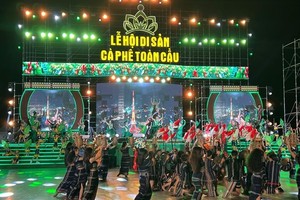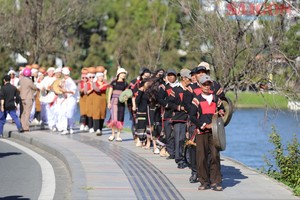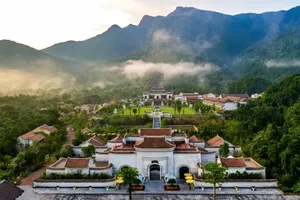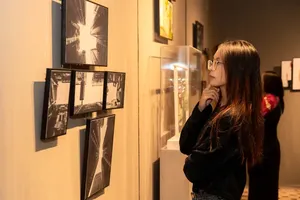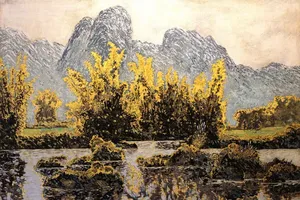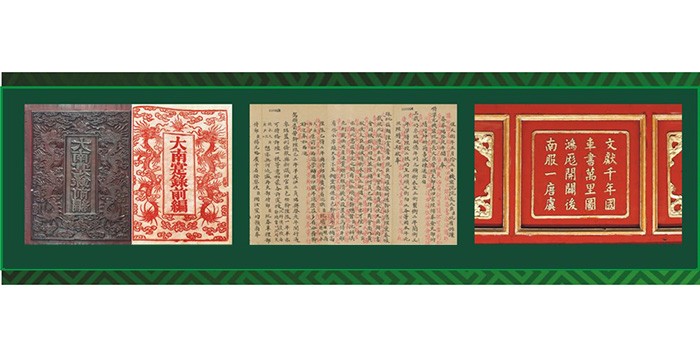
The event presents to the public three heritage documents of the Nguyen dynasty which were recognized as World Documentary Heritages (also known as Memory of the World programme) by UNESCO.
Exhibits consist of 70 visual evidences of texts printed on woodblocks, the Nguyen Kings’ administrative documents, poems about Hue’s Imperial city architecture.
The United Nations Educational Scientific and Cultural Organization (UNESCO) awarded the Certificate of World Documentary Heritage to the National Archives Center No. 2 of the Records Management and Archives Department of Vietnam for the Nguyen Dynasty wood blocks in Da Lat in 2010. The wood blocks, which date back to the Nguyen Dynasty (1802-1945), have been deemed extremely valuable in studying Vietnamese culture and history. The artifacts consist of 34,618 plates on which official literature, geography, socio-politics, military information, legislation, education and history of the Nguyen Dynasty is recorded. Experts say the national treasures also bear epigraphic contents showing Vietnam's sovereignty over the Hoang Sa archipelago. The National Archives Center in the central town of Da Lat is the department commissioned to preserve and handle the wood blocks.
Nguyen dynasty’s documents was recognized as documentary heritage of the Memory of the World Programme in Asia-Pacific by UNESCO in2014. The collection of official administrative documents of the Nguyen Dynasty is comprised of 85,000 documents bearing the seals of 11 Nguyen Kings (1802-1945), including royal edicts and decrees, reports to the King, and credentials.The State Archives Department has assigned the National Archives Centre I to draw up plans to preserve and promote the value of the documents.
Literature on Hue Royal Architecture was recently honoured as a documentary heritage at the Memory of the World Committee for Asia and the Pacific (MOWCAP)’s 7th General meeting in 2016. Under the Nguyen Dynasty (1802-1945), the literature was carved, enamelled and applied in different materials on royal buildings as a unique decoration and for preservation of Hue literature.

